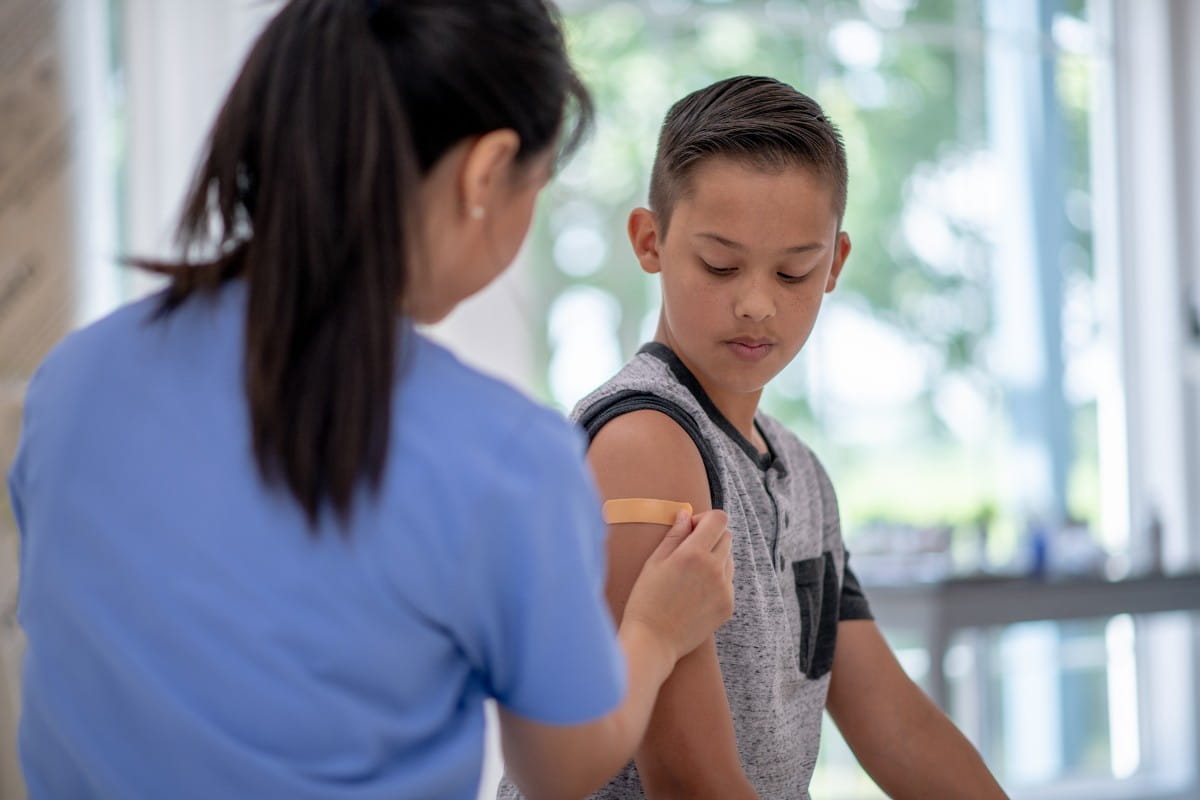For you or the men in your life, a simple prostate cancer screening can mean celebrating more Father’s Days for years to come.
Prostate cancer is the second most common cancer among men, affecting approximately 1 in 9 men, according to the American Cancer Society. The good news is, when prostate cancer is found early, it is very treatable.
“The goal of prostate cancer screening is to find cancer in the early stages, often before you have any symptoms. When found early, we have a wider variety of treatment and surveillance options,” says a Riverside specialist.
What are prostate cancer screenings?
The two most common screening methods for prostate cancer include:
- A blood test for a prostate specific antigen, also known as a PSA test
- A physical exam, also known as a digital rectal exam or DRE
Your doctor may recommend one or both of these tests. If either one is abnormal, you may require additional tests, such as blood work, imaging or a prostate biopsy.
When to screen is a decision you make with your doctor
The American Cancer Society and the American Urological Association recommend discussing the benefits and risks of prostate cancer screening with your doctor considering your individual risk factors such as age, race and family history.
Some prostate cancers don’t require immediate treatment and some treatments and screening methods also come with risk. Therefore, it’s important to discuss the pros and cons of screening so you can make an informed decision with your doctor.
The ACS recommends starting the discussion with your doctor based on your age and level of risk, as shown below:
- Age 40: Men at higher risk, including those with more than one first degree relative with prostate cancer diagnosed before age 65
- Age 45: Men at high risk, including those with one first degree relative with prostate cancer diagnosed before age 65
- Age 50: Average risk
Even if you don’t meet the age and family history criteria, your doctor may recommend screening if you have symptoms such as:
- Difficulty or pain with urination
- Frequent urination
- Blood in semen or urine
- Erectile dysfunction
- Pain with ejaculation
Due to the location of the prostate, some prostate cancers can impact urination. So if you’re having symptoms, don’t put off talking to your doctor
After the screening, ask what comes next
The DRE is performed right in the office. If your doctor finds anything abnormal, you’ll discuss it during your visit. The PSA blood test is analyzed in a lab. Depending on when the results are available, you may discuss the findings in an office visit or over the phone.
It’s normal to feel anxious as you wait for a test result. Prepare for your discussion with the doctor by writing down a few questions and having a pen and paper handy for notes so you’ll know what to do next.
- What does this result mean for my health?
- Do I need to make any additional appointments?
- When should I get screened again?
Talk to your doctor about prostate cancer screening
Talk to your primary care doctor about the right time to get screened. Schedule an appointment.



